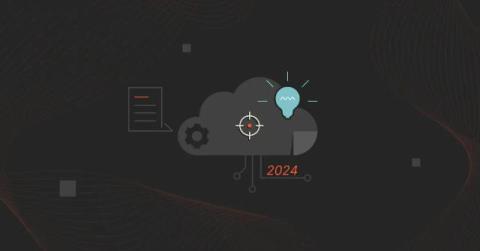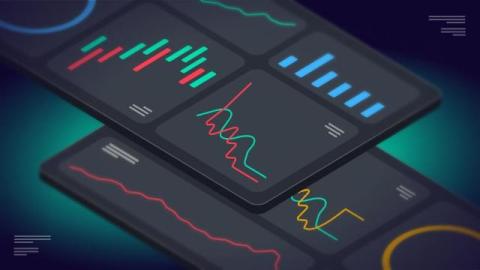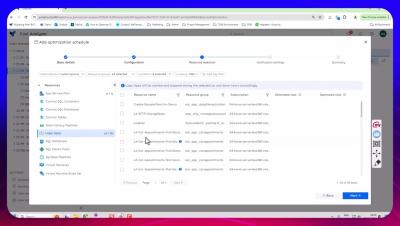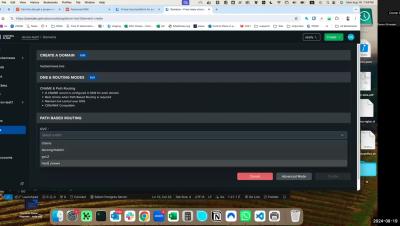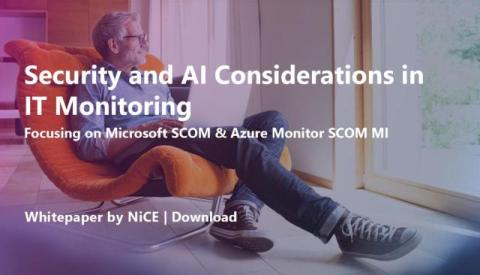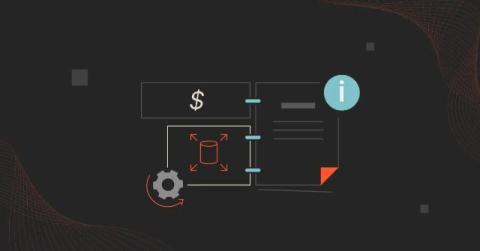How To Build A Successful Cloud Strategy in 2024
Businesses move to the cloud for several reasons. For some, moving to the cloud means gaining access to the best enterprise-level technology without the associated costs of handling, maintaining, and managing the underlying infrastructure. For others (like startups), the ability to scale quickly and respond faster to market demands is at the top of the list.


